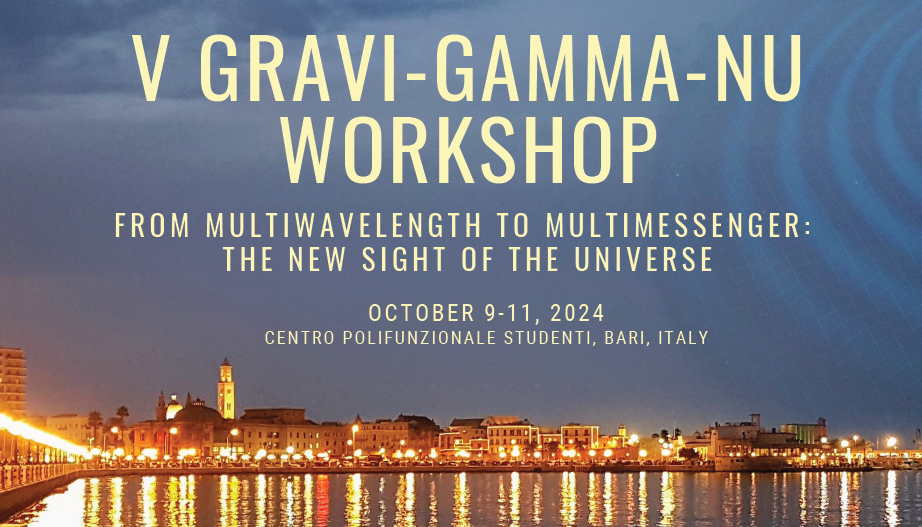Speaker
Description
The Fermi Gamma-Ray Space Telescope has been operational for almost 16 years. During this period, the Fermi Gamma-Ray Burst Monitor (GBM) has been the most prolific Gamma-Ray Burst (GRB) detector ever, with more than 3700 observed GRBs to date. Tens of dedicated single-GRB publications and several general catalogs helped shedding light on the temporal and spectral characteristics of these fascinating events.
Here we present a systematic analysis of a subsample of bright GRBs, focusing on the evolution of the fitting model parameters during each event. Light Curves are binned using the Bayesian Blocks method, and the time-resolved analysis is performed by means of the newly developed GBM Data Tools. We applied five different spectral models to each time bin, and selected the best one through specific statistical criteria. We find that the best fit parameters distributions confirm the dominance of the Comptonized model. Finally, our goal is to implement the current pipeline for a future comprehensive and systematic analysis of a broader GRB sample.

